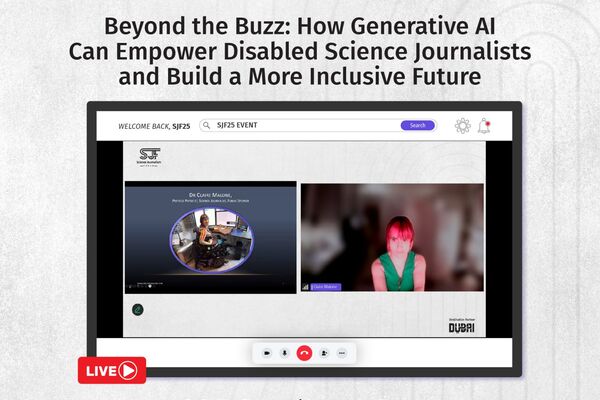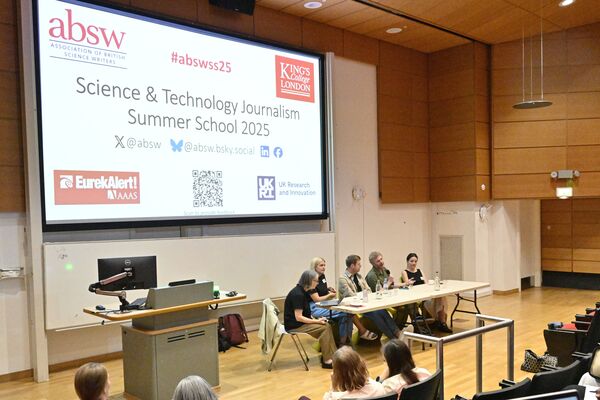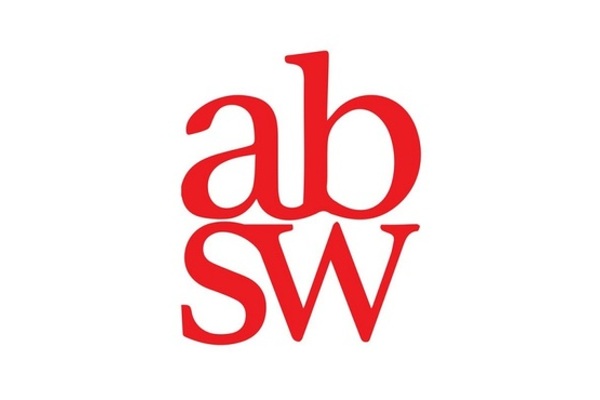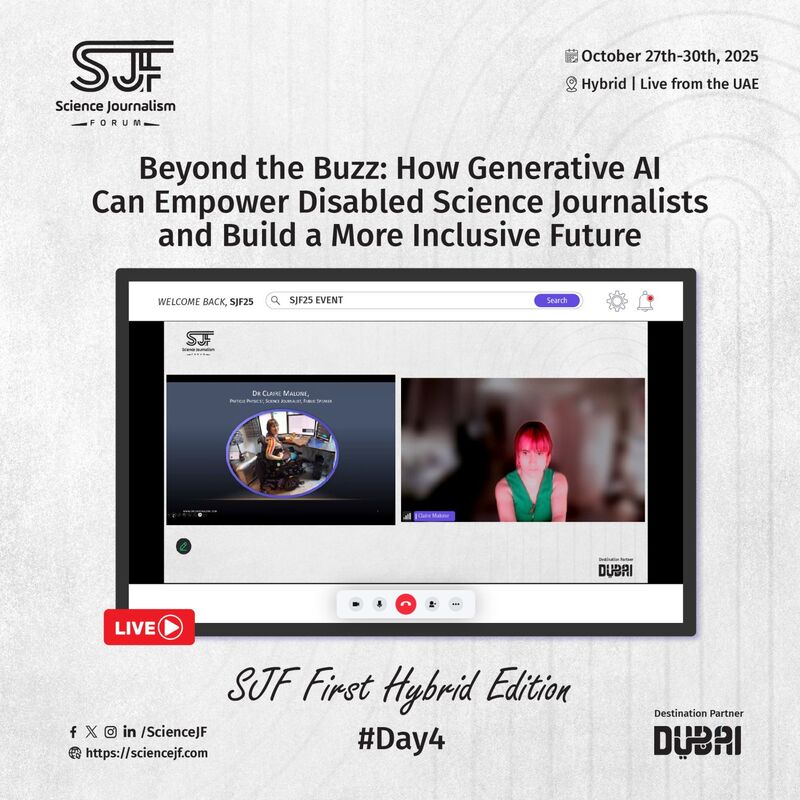
Key takeaways
- AI can augment, not replace, journalism: Generative tools expand human capability, especially for disabled journalists, by removing physical and cognitive barriers.
- AI literacy is now essential: Understanding bias, hallucination, and data privacy is a professional responsibility, not an optional skill.
- Inclusion drives innovation: Designing AI tools that reflect diverse voices creates better, fairer systems that benefit everyone.
By Dr Claire Malone, physicist and science journalist
Artificial intelligence is transforming every corner of our profession—from research and transcription to editing and publishing—but its impact is often misunderstood.
When we think about the intersection of AI and journalism, the first image that comes to mind is often one of anxiety. We see a future where bots churn out generic content, deepfakes impersonate trusted news anchors, and the hard-won credibility of a journalist’s voice simply disappears. If a machine can write fluently, will readers still care who wrote it?
Whilst these are concerns that urgently need addressing, I want to offer a different perspective—one grounded in personal experience and a broader look at where these technologies might lead if we use them well.
As a physicist turned journalist with cerebral palsy, I have long relied on assistive technologies to write. Traditional dictation was inefficient and slow. The arrival of AI-powered speech-recognition systems such as Voiceitt, trained on non-standard speech, changed that completely.
AI allowed me to write, edit, and experiment independently. That is what augmentation really means: not replacement, but liberation.
For journalists who have disabilities, generative AI is not a threat. It is a lifeline. And for all of us, it can be an augmentation tool—one that does not replace human journalism but expands what is possible.
Generative AI operates through probability and pattern recognition; it does not possess human empathy, doubt, or lived experience. The human elements of journalism—scepticism, empathy, clarity, and context—remain irreplaceable.
Instead of seeing AI as a ghostwriter, view it as a personal assistant capable of augmenting your productivity, particularly in the areas where traditional workflows create friction.
For journalists with physical or cognitive disabilities, AI-powered tools are a game-changer, moving beyond mere assistance to provide true professional independence.
The need for inclusive design
Bias in AI systems is not a technical footnote—it is a structural issue that shapes representation.
If models underrepresent non-native speakers, disabled journalists, or underreported communities, they will replicate those absences in their outputs. Building inclusive systems is not an act of charity; it is essential to journalistic accuracy and fairness.
When diverse creators participate in AI design—from dataset selection to model evaluation—the resulting tools become more balanced, nuanced, and useful for everyone.
Speech-to-text for atypical speech and captioning
Advanced tools like Voiceitt and Whisper (OpenAI) are vital. They can handle non-standard or unclear speech patterns, enabling writers to dictate accurately—something that traditional systems like Dragon or Google Voice Typing often fail to do.
Other software with AI capabilities, like Otter AI and AVA, have transformed live captioning in interviews. AVA provides real-time captions with speaker labels and can integrate with external microphones to improve audio quality in group settings. This makes it especially useful for panel discussions, press briefings, and interviews conducted in noisy environments.
And while these tools are especially impactful for journalists with hearing impairments or motor difficulties, they also streamline workflows for everyone. For example, automatic captioning can make it easier to scan long interviews, locate key quotes quickly, or share content with multilingual audiences.
Text-to-speech for natural presentation and research
Tools such as ElevenLabs Voice allow disabled journalists to present their work in their own voice—or a voice closely modelled on it—even when physical constraints make live speech difficult. This can transform participation in conferences, panels, or video reporting, providing both accessibility and agency. Used responsibly, these technologies expand inclusion without diminishing authenticity.
AI-powered reading assistants such as Speechify and NaturalReader can read aloud scientific papers or background research, allowing people with visual impairments or cognitive fatigue to access dense material without needing to stare at a screen for hours.
I've also found AI for text refinement and formatting useful. Generative models such as Custom GPTs or Gemini can perform repetitive editing tasks, from reformatting interviews to applying publication styles.
Tools like Jenni.ai help convert rough notes into structured outlines, allowing journalists to focus on ideas and insight rather than formatting.
And AI image-description tools can generate accurate base alt text for photographs and graphics automatically, which journalists can then refine for tone and nuance—improving accessibility while embedding inclusion into daily workflows.
Research, organisation, and synthesis
For all journalists, AI can dramatically reduce the administrative burden of research and content management.
Tools like ChatPDF and NotebookLM can digest academic papers and extract methods, findings, or limitations—helping science journalists quickly prioritise what warrants deeper analysis.
Perplexity and Elicit.org retrieve verified information with clear citations, offering a structured starting point for fact-checking and synthesis.
Scite.ai shows whether a research paper’s findings have been supported or contradicted by later studies—crucial for journalists covering topics where the research is contested.
Once material is collected, AI workspaces such as Notion AI, NotebookLM, Mem.ai, and Obsidian (with AI plug-ins) can automatically tag, summarise, and link sources. Journalists can upload interviews, transcripts, and notes, then ask the system to identify key quotes or group related themes. These tools effectively act as a “second brain,” helping maintain coherence across complex, multi-source investigations.
Collectively, these systems reduce physical effort, cognitive load, and editorial clutter. They allow journalists to redirect their time and attention to what matters most—analysis, interpretation, and storytelling.
The ethical imperative: transparency and trust
Science journalism is grounded in credibility, and AI adds new layers of responsibility.
Two principles should guide us: attribution and accountability.
Always disclose AI assistance when relevant. A simple line such as “This draft was structured using an AI assistant; the reporting and analysis remain my own” helps preserve reader trust.
Remember, responsibility for accuracy always rests with the journalist. AI can help draft, but not decide what is true.
Edited on 12 November 2025 to improve readability.
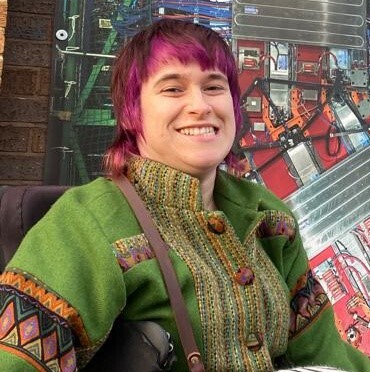
Dr Claire Malone is a physicist and science journalist whose work explores the intersection of artificial intelligence, ethics, and inclusion. After a PhD in particle physics, she moved into science communication and now writes widely on how emerging technologies are reshaping society, creativity, and accessibility. Her journalism on AI has appeared in outlets including Physics World, E&T Magazine, and Symmetry. Alongside her writing, Claire teaches and speaks internationally on AI literacy and responsible technology use, helping professionals and educators understand how to work with AI tools critically, ethically, and creatively.

